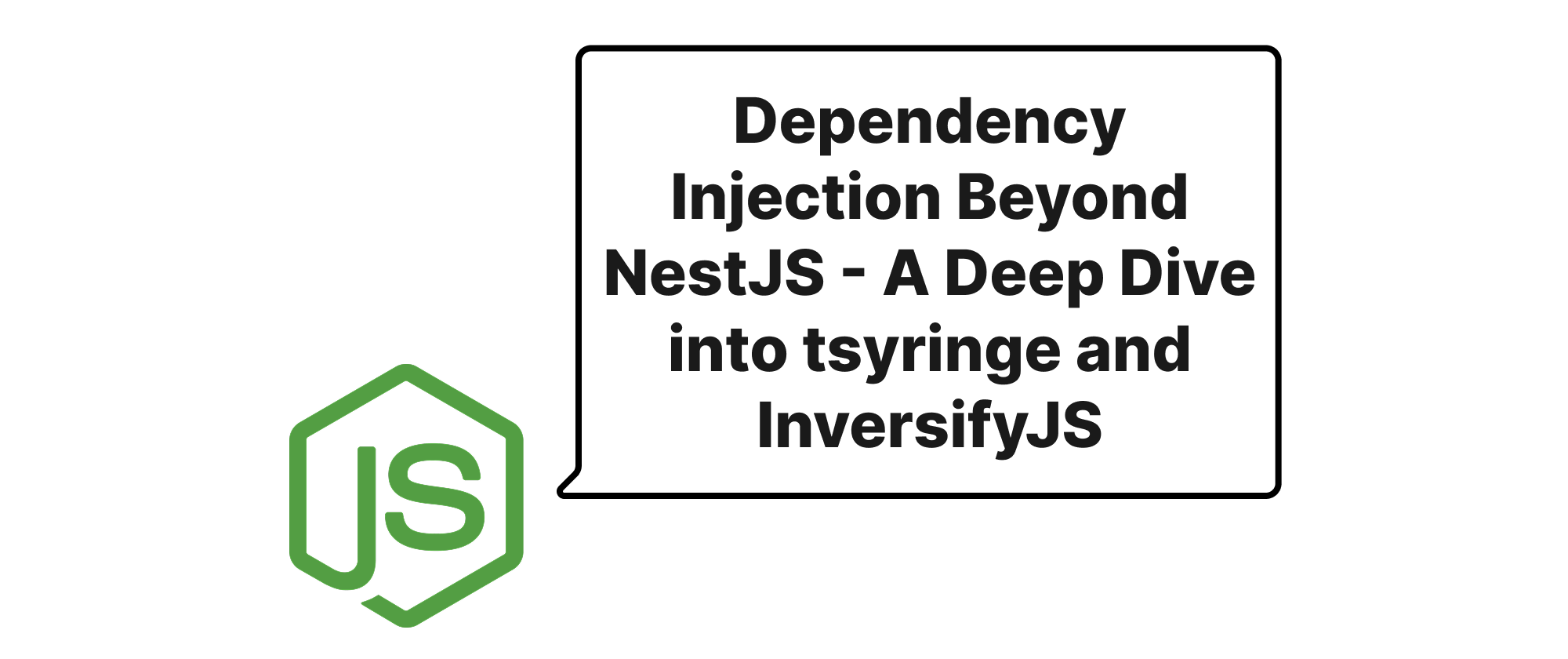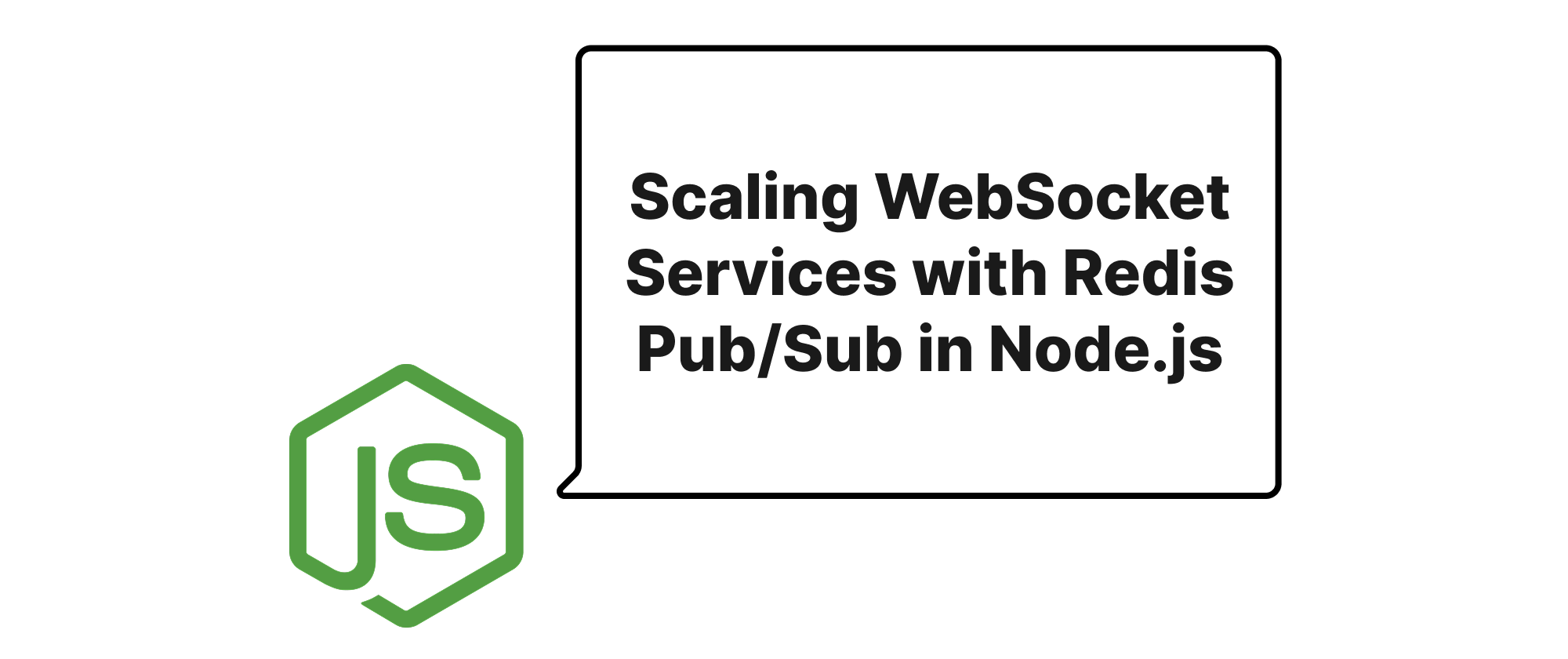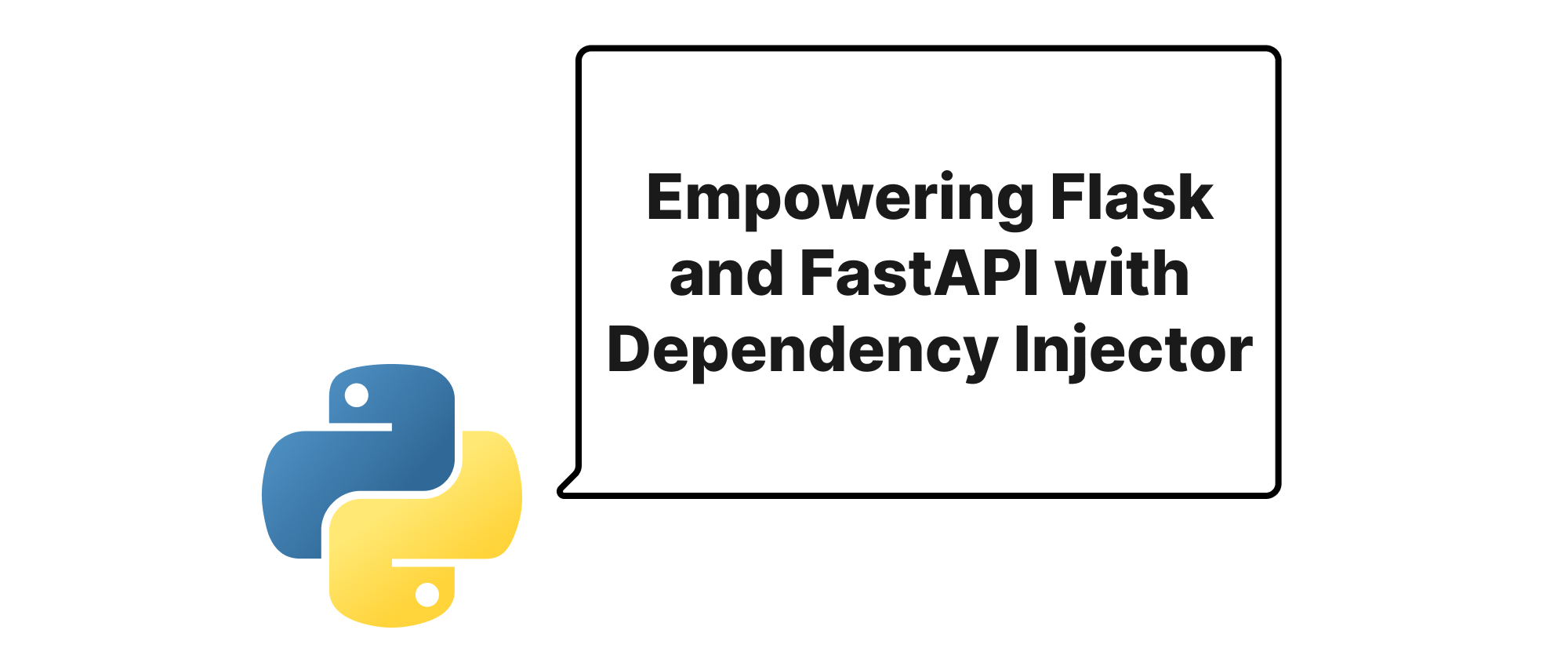Dependency Injection Beyond NestJS - A Deep Dive into tsyringe and InversifyJS
Wenhao Wang
Dev Intern · Leapcell

The Power of Decoupling: Dependency Injection in TypeScript Projects
In the evolving landscape of modern software development, building scalable, maintainable, and testable applications is paramount. One architectural pattern that significantly contributes to achieving these goals is Dependency Injection (DI). While frameworks like NestJS seamlessly integrate DI, many TypeScript projects outside this ecosystem could still hugely benefit from its principles. This article delves into how tsyringe and InversifyJS, two prominent DI containers for TypeScript, can empower your independent projects, fostering modularity and reducing tight coupling. We'll explore their core mechanisms, implementation details, and practical use cases, helping you choose the right tool for your needs.
Understanding the Core Concepts
Before we dive into the specifics of tsyringe and InversifyJS, let's quickly solidify our understanding of some fundamental DI concepts:
- Dependency Injection (DI): A design pattern where components receive their dependencies from an external source rather than creating them internally. This "inversion of control" promotes loose coupling, making components easier to test, reuse, and maintain.
- IoC Container (Inversion of Control Container): Also known as a DI container, it's a framework or library that manages the instantiation and lifecycle of objects and their dependencies. It handles the "wiring" of components based on configuration or decorators.
- Binding/Registration: The process of informing the DI container how to provide an instance of a particular dependency when it's requested. This often involves mapping an interface or an abstract class to a concrete implementation.
- Resolution: The act of requesting an instance of a dependency from the DI container. The container then looks up its bindings, instantiates the necessary components, and injects them.
- Decorator: A special type of declaration that can be attached to classes, methods, properties, or parameters. In the context of DI, decorators are often used to mark classes as injectable, define injection points, or configure bindings.
- Service Identifier: A unique key (often a string, symbol, or a class constructor) used to identify a specific dependency within the IoC container.
tsyringe: A Lightweight and Decorator-Driven Approach
tsyringe, developed by Microsoft, is a lightweight and performant dependency injection container for TypeScript. It leverages TypeScript's experimental decorators and reflection capabilities to simplify dependency management significantly. Its API is intuitive and feels very "TypeScript-native."
Implementation and Application
Let's illustrate tsyringe with a practical example: a simple notification service.
First, install tsyringe:
npm install tsyringe reflect-metadata
And ensure emitDecoratorMetadata and experimentalDecorators are enabled in your tsconfig.json:
{ "compilerOptions": { "emitDecoratorMetadata": true, "experimentalDecorators": true, // ...other options } }
Now, let's define our services:
// services/notifier.ts import { injectable } from "tsyringe"; interface INotifier { send(message: string): void; } @injectable() class EmailNotifier implements INotifier { send(message: string): void { console.log(`Sending email: ${message}`); } } @injectable() class SMSNotifier implements INotifier { send(message: string): void { console.log(`Sending SMS: ${message}`); } } export { INotifier, EmailNotifier, SMSNotifier };
Next, a service that uses a notifier:
// services/user-service.ts import { injectable, inject } from "tsyringe"; import { INotifier } from "./notifier"; @injectable() class UserService { constructor(@inject("INotifier") private notifier: INotifier) {} registerUser(username: string): void { console.log(`User ${username} registered.`); this.notifier.send(`Welcome, ${username}!`); } } export { UserService };
Finally, bootstrapping our application and resolving dependencies:
// app.ts import "reflect-metadata"; // Must be imported once at the top of your entry file import { container } from "tsyringe"; import { INotifier, EmailNotifier, SMSNotifier } from "./services/notifier"; import { UserService } from "./services/user-service"; // Registering dependencies // We can bind an interface to a concrete implementation container.register<INotifier>("INotifier", { useClass: EmailNotifier }); // Or we can register by class type directly if no interface is used or for multiple implementations // container.register(EmailNotifier); // container.register(SMSNotifier); // At this point, if we wanted to change the notifier, we'd just change the registration above // For example, to use SMSNotifier: // container.register<INotifier>("INotifier", { useClass: SMSNotifier }); // Resolving the UserService (which transitively resolves INotifier) const userService = container.resolve(UserService); userService.registerUser("Alice"); // We can also have transient services (new instance each time) vs. singletons (one instance) // By default, tsyringe classes are transient unless specified. // To make EmailNotifier a singleton: // container.registerSingleton<INotifier>("INotifier", EmailNotifier);
In this example, @injectable() marks a class as available for injection. @inject("INotifier") tells tsyringe to inject an instance identified by the string "INotifier". The container.register() method is where we bind the INotifier identifier to a concrete EmailNotifier implementation. This clear separation makes it easy to swap implementations (e.g., from EmailNotifier to SMSNotifier) without modifying UserService.
tsyringe is excellent for its simplicity and close integration with TypeScript's type system, making it a great choice for many projects.
InversifyJS: Robust, Flexible, and Feature-Rich
InversifyJS is another powerful and widely adopted dependency injection framework for TypeScript. It offers a more extensive set of features compared to tsyringe, including advanced binding options, lifecycle management, and middleware support. It's built with extensibility and testability in mind.
Implementation and Application
Let's adapt our notification service example to InversifyJS.
First, install InversifyJS and reflect-metadata:
npm install inversify reflect-metadata
Again, ensure emitDecoratorMetadata and experimentalDecorators are enabled in your tsconfig.json.
We'll define interfaces and use Symbols as service identifiers for better type safety and avoid string-based magic literals, a common practice with InversifyJS.
// services/notifier.ts import { injectable } from "inversify"; interface INotifier { send(message: string): void; } @injectable() class EmailNotifier implements INotifier { send(message: string): void { console.log(`[InversifyJS] Sending email: ${message}`); } } @injectable() class SMSNotifier implements INotifier { send(message: string): void { console.log(`[InversifyJS] Sending SMS: ${message}`); } } // Define Symbols for service identifiers const TYPES = { INotifier: Symbol.for("INotifier"), }; export { INotifier, EmailNotifier, SMSNotifier, TYPES };
Next, our UserService will use @inject with the Symbol:
// services/user-service.ts import { injectable, inject } from "inversify"; import { INotifier, TYPES } from "./notifier"; @injectable() class UserService { constructor(@inject(TYPES.INotifier) private notifier: INotifier) {} registerUser(username: string): void { console.log(`[InversifyJS] User ${username} registered.`); this.notifier.send(`Welcome, ${username}!`); } } export { UserService };
Finally, the application bootstrapping with InversifyJS:
// app.ts import "reflect-metadata"; // Must be imported once at the top of your entry file import { Container } from "inversify"; import { INotifier, EmailNotifier, SMSNotifier, TYPES } from "./services/notifier"; import { UserService } from "./services/user-service"; // Create a new InversifyJS container const inversifyContainer = new Container(); // Bindings: // We bind the Symbol to our concrete implementation inversifyContainer.bind<INotifier>(TYPES.INotifier).to(EmailNotifier); // We can also make it a singleton // inversifyContainer.bind<INotifier>(TYPES.INotifier).to(EmailNotifier).inSingletonScope(); // Bind UserService directly inversifyContainer.bind<UserService>(UserService).toSelf(); // Resolve our service const userService = inversifyContainer.get<UserService>(UserService); userService.registerUser("Bob"); // To demonstrate changing implementation console.log("\nSwitching to SMS Notifier:"); inversifyContainer.unbind(TYPES.INotifier); // Unbind the previous inversifyContainer.bind<INotifier>(TYPES.INotifier).to(SMSNotifier); // Bind the new one const userServiceWithSMS = inversifyContainer.get<UserService>(UserService); userServiceWithSMS.registerUser("Charlie");
InversifyJS uses similar decorators (@injectable, @inject) but typically pairs them with Symbols for service identifiers, which offers stronger type checking and avoids potential naming collisions of string literals. The Container.bind() method provides a fluent API for configuring bindings, including specifying scopes (.inSingletonScope(), .inTransientScope()). This provides granular control over instance lifecycles. Its flexibility makes it suitable for larger, more complex applications where fine-grained control over the DI process is beneficial.
Which One to Choose?
Both tsyringe and InversifyJS are excellent choices for dependency injection in TypeScript projects. The decision often comes down to specific project needs and preferences:
-
Choose
tsyringeif:- You prefer a more lightweight solution with a minimal API.
- You value simplicity and a direct, decorator-driven approach closely aligned with TypeScript types.
- Your project doesn't require highly advanced binding configurations or extensive lifecycle management features.
- You are building smaller to medium-sized applications.
-
Choose
InversifyJSif:- You need a more feature-rich and robust DI container.
- Your project requires advanced binding options (e.g., conditional bindings, custom providers, multi-injections).
- You want fine-grained control over instance lifecycles (singletons, request scope, etc.).
- You are working on larger, enterprise-grade applications where extensibility and testability are paramount, or if you need robust error handling and debugging support.
- You appreciate the use of Symbols for service identifiers, enhancing type safety.
Conclusion
Embracing dependency injection with frameworks like tsyringe or InversifyJS fundamentally transforms how you design and build TypeScript applications outside the explicit confines of NestJS. By decoupling components and centralizing their creation and wiring, you achieve increased modularity, testability, and maintainability. Whether you opt for the streamlined elegance of tsyringe or the comprehensive power of InversifyJS, both empower you to write cleaner, more resilient code, ultimately leading to more robust and scalable software systems. The choice between them hinges on the specific demands and complexity of your project, but the underlying benefits of DI are universally valuable.


